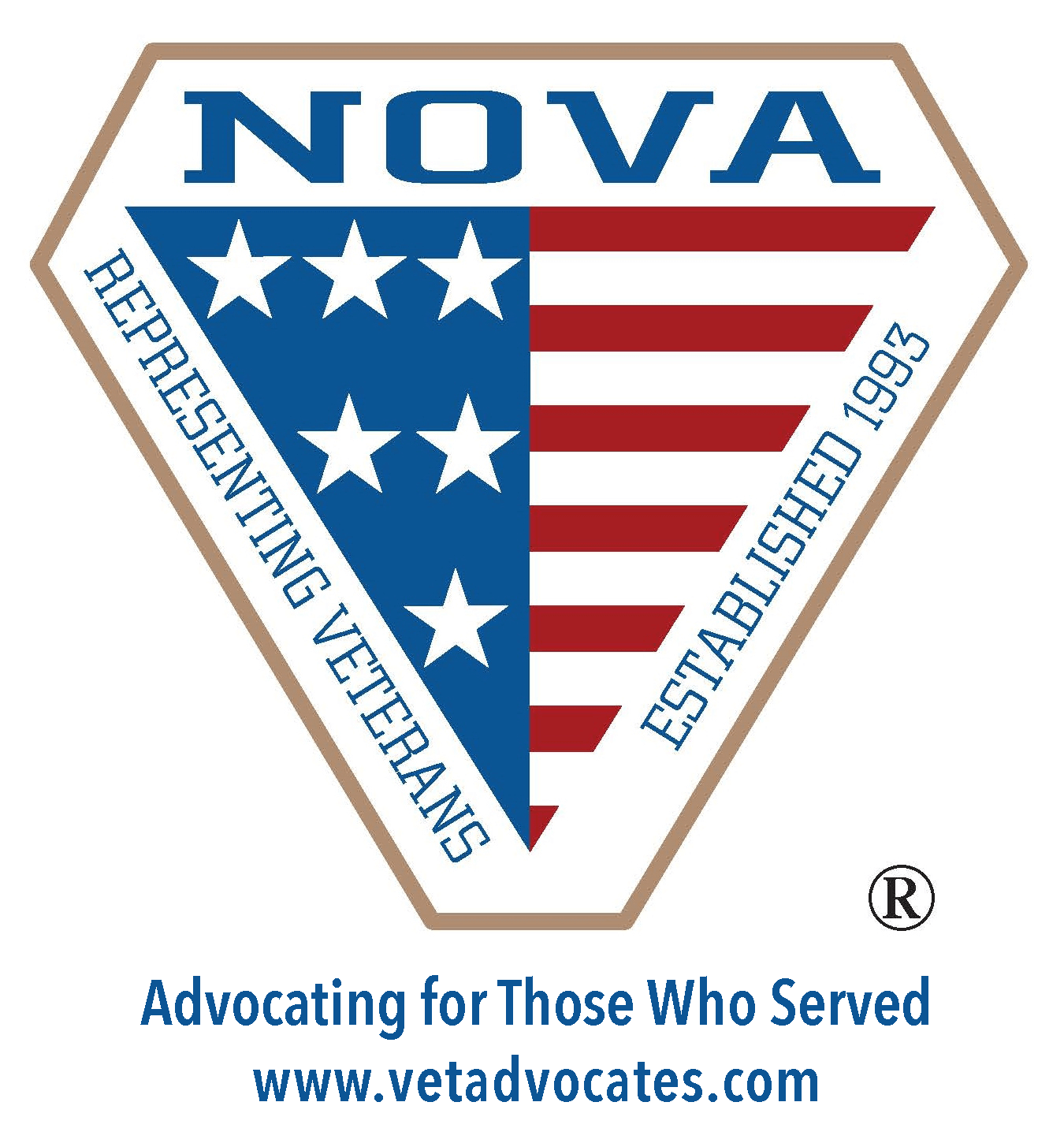If you were treated for polycystic ovary syndrome (PCOS) while you were in the military and still have symptoms today, you’ll want to know more about the PCOS VA disability rating. Veterans with PCOS can qualify for VA disability benefits as a result of the condition. It’s also associated with the development of secondary conditions that may qualify for benefits.
Talk to Us About Your Claim:
(866) 232-5777
Getting through military service with painful, irregular periods was challenging. That’s why you went to see a military doctor during service and learned you had PCOS. Medication helped for a while, but now your symptoms are back and as bad as ever. If you have PCOS that you began treatment for during your military service, you may qualify for PCOS disability benefits.
In this article about the PCOS VA rating:
What is PCOS?
Polycystic ovary syndrome (PCOS) is a hormonal condition where your body produces too much androgen, which are masculine hormones. It can cause cysts on the outer edges of your ovaries.
About one in ten women develop the condition during their reproductive years.
Symptoms of PCOS include:
- Irregular periods
- Facial hair
- Acne
- Oily skin
- Drastic weight fluctuations
- Thinning hair
If left untreated, PCOS can cause other health issues, including infertility.
PCOS VA disability rating
The VA rating for PCOS is diagnostic code 7615 for General Disease, Injury, or Adhesions of Female Reproductive Organs in the Schedule of Ratings. Veterans may receive a rating of 0%, 10%, or 30%, depending on symptoms and how they respond to treatment.
| Description | VA Rating | Monthly payment (vet only) |
|---|---|---|
| Symptoms not controlled by continuous treatment | 30% | $524.31 |
| Symptoms that require continuous treatment | 10% | $171.23 |
| Symptoms that do not require continuous treatment | 0% | None |
If the veteran needs a hysterectomy as a result of PCOS, they will receive a 100% rating for three months after the surgery and a 30% or 50% rating after that, depending on the extent of loss of reproductive organs.

PCOS and secondary conditions
Women with PCOS are prone to developing a myriad of related health conditions. Those conditions, which may qualify as secondary service connections for VA disability benefits, include:
- Ovarian Cysts. Ovarian cysts are common with PCOS and are rated according to the table above.
- Type 2 Diabetes. More than half of women with PCOS develop type 2 diabetes because of insulin resistance the syndrome causes. Veterans with diabetes caused by service-connected PCOS may also qualify for a diabetes VA rating.
- High Blood Pressure. Women with PCOS are 40% more likely to have high blood pressure, which is also caused by insulin resistance related to the syndrome.
- Heart Disease or Stroke. High blood pressure, diabetes, and insulin issues can all contribute to heart disease or stroke. While PCOS doesn’t cause heart disease, women with the syndrome are at a heightened risk for heart problems and stroke.
- Uterine Cancer. Women with PCOS are five times more likely to develop uterine cancer because of hormone fluctuations and loss of uterine function.
- Sleep Apnea. Women with PCOS also are prone to developing sleep apnea, likely because of metabolic or hormonal fluctuations. If you develop sleep issues in conjunction with service-connected PCOS, you may qualify for a sleep apnea VA rating.
“From the day we contacted [Woods and Woods], they made us feel so comfortable. They treated us like we mattered and we were not just clients but family.”
TDIU for PCOS
A veteran can be awarded total disability based on individual unemployability (TDIU) benefits if they can’t maintain substantially gainful employment due to their service-connected conditions.
While PCOS alone is unlikely to cause an inability to work, the syndrome coupled with secondary conditions may.
TDIU pays at the same level as a 100% disability rating, even when the veteran’s combined rating is below 100%.
Veterans will typically be eligible for TDIU if they have:
- At least one service-connected disability rated at 60% or more disabling OR
- Two or more service-connected disabilities with at least one rated at 40% or more disabling and a combined rating of 70% or more
How Woods and Woods can help
Woods and Woods has helped thousands of veterans get the VA benefits they deserve. Call us for a free case evaluation to find out how we can help. If we take your case, you only pay if you win, and we never touch your future monthly checks.
Talk to Us About Your Claim:
(866) 232-5777
FREQUENTLY ASKED QUESTIONS
Yes, you can receive a VA disability rating for polycystic ovary syndrome (PCOS) if you began being treated for the condition during your military service and you continue having symptoms now.
The VA rating for PCOS is diagnostic code 7615 for General Disease, Injury, or Adhesions of Female Reproductive Organs in the Schedule of Ratings. Veterans may receive a rating of 0%, 10%, or 30%, depending on symptoms and how they respond to treatment.

Neil Woods
VA disability lawyer
Woods and Woods
VA Accreditation Number: 44739



